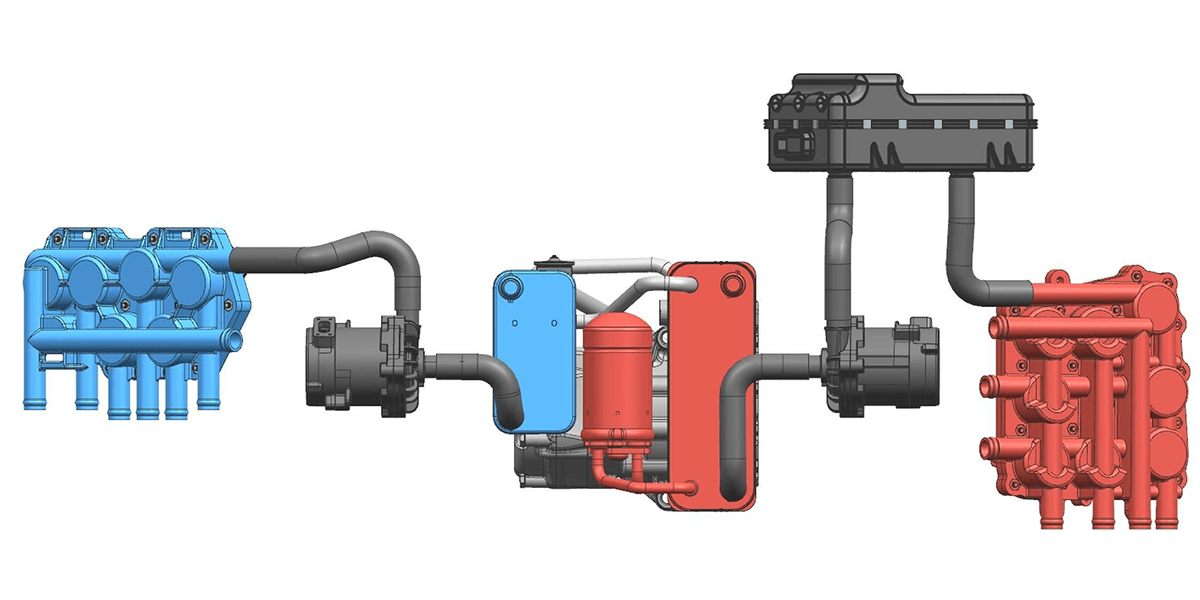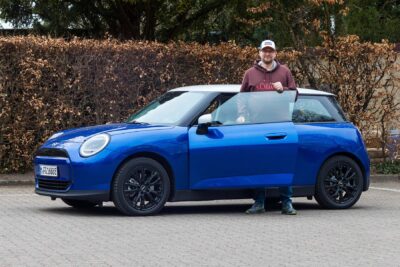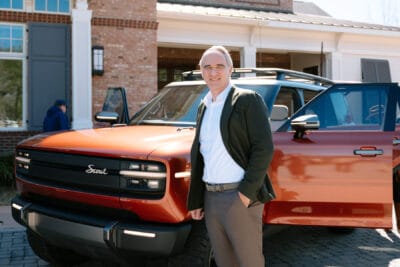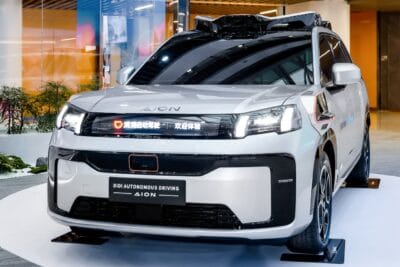Mahle: New thermal management adds winter range
The German supplier Mahle has a new thermal management system promising up to 20 per cent less range-loss in winter for electric cars compared to conventional systems with its heat pump-based thermal management system (Integrated Thermal System or ITS).
At the heart of Mahle’s ITS is a semi-hermetic refrigeration circuit consisting of a chiller, an i-condenser, a thermal expansion valve and an electric drive compressor. This is intended to reduce battery power consumption. Mahle also promises that the system will adapt well to future vehicle architectures.
The basic problem: the efficient electric drive train lacks the waste heat from a combustion engine, which is always available and can, therefore, be used for heating. Many of today’s electric cars use direct electric resistance heating in winter to heat the interior and the traction battery.
In some models, an additional heat pump, which is significantly more efficient, is also installed at an extra charge. But the space for a second heating system is not available in every car. Especially in small cars with limited space and lower prices, the sensible heat pump is often missing. Mahle now wants its system to make the heat pump a standard feature and replace conventional heating.
The Stuttgart-based automotive supplier is now saying that it has proven that its new heat pump system also works in an electric small car. The used original vehicle, equipped with a conventional electrical heater, initially reached 100 kilometres range. After equipping the vehicle with the ITS, the range was increased to 116 kilometres. “With the ITS from MAHLE, we can improve cruising range by between 7 and 20 per cent, depending on the design, which drastically reduces the loss of cruising range in wintertime in particular,” says Laurent Art, Head of Advanced Thermal Management Development at Mahle.
The i-condenser and the chiller have the same function as the condenser and the evaporator in a conventional refrigeration circuit. In this case, however, the refrigerant transfers the heat to the refrigerant instead of air and thus generates warm or cold refrigerant flows. Mahle did not say what the new solution would cost and what savings potential it would offer in larger vehicles.





0 Comments